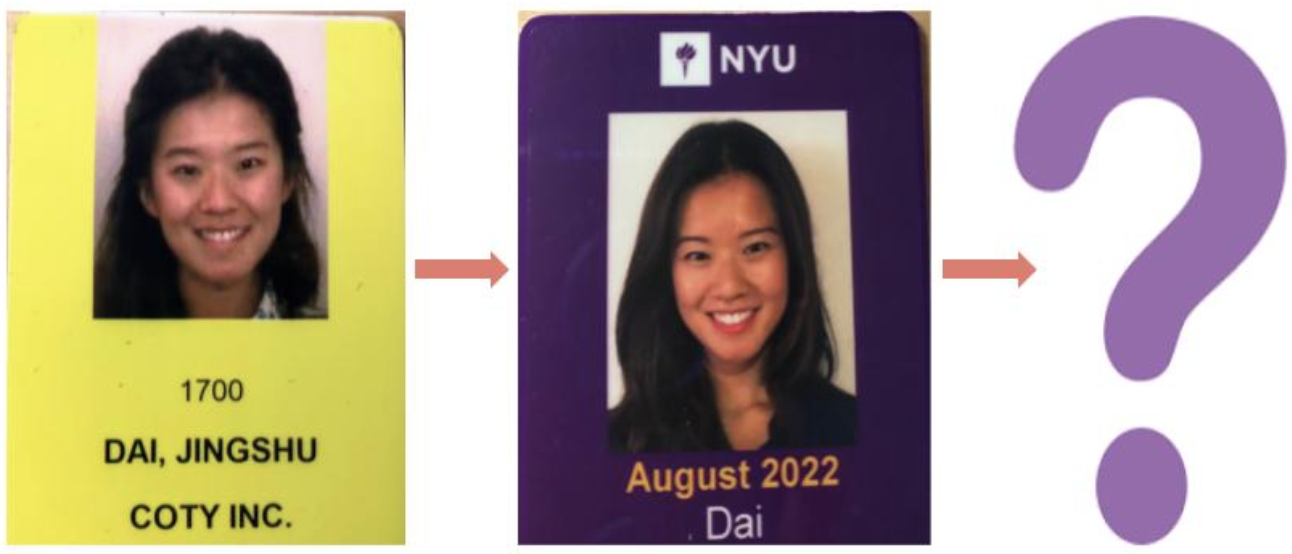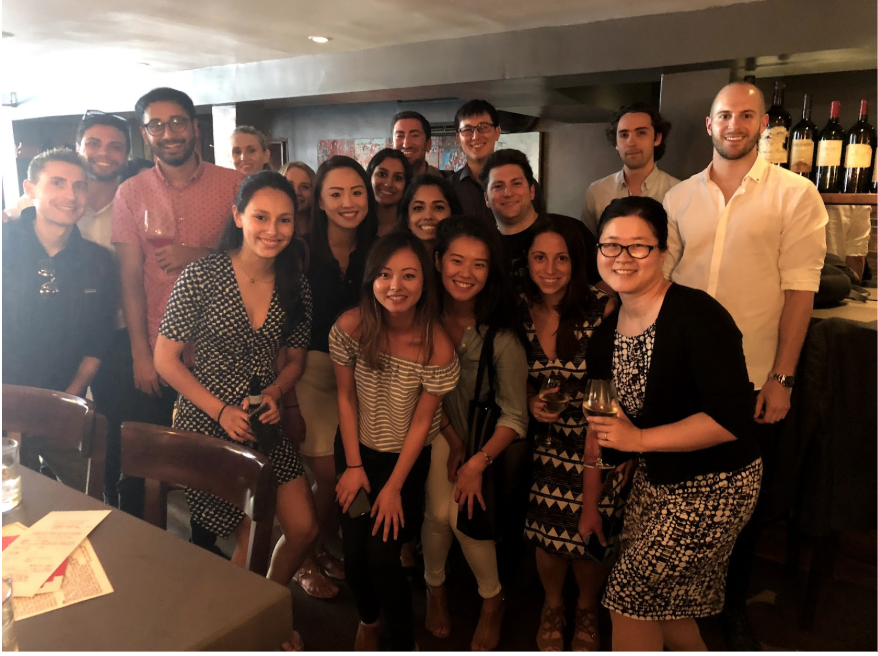Last summer, I was sitting in the same chair as you — wrapping up my GMAT and starting to decide which business schools I should apply to. Previously working at Apple in eCommerce strategy and planning, I wanted to go back to business school to strengthen my foundation of business knowledge and continue my professional journey in an industry I was more passionate about — fashion and luxury. When deciding which business schools would make my list, I primarily looked at three factors: schools that had a focus in fashion or luxury, experiential learning opportunities that would expose me to different areas of the retail industry, and lastly, a strong, cultural fit. While many schools catered to one or two of my preferences, NYU Stern’s Fashion and Luxury MBA Program was the only program that fit all my criteria.
The Fashion and Luxury MBA Program was perfectly designed to broaden my exposure of the retail industry, challenge conventional thinking, and build an invaluable network of Sternies who are retail-minded and intensely collaborative. The retail-focused and core curriculum would allow me to build upon my existing knowledge of digital retail from Apple. Stern Solutions would provide me with invaluable opportunities to network with professionals in the industry, and put my in-class learnings to action by partnering with global retailers. Lastly, the school placed a high emphasis on a IQ + EQ and stressed the importance of collaboration both inside and outside the classroom.
Fast forward to today, I can say that Stern has surpassed all my expectations. Classes such as Leadership have taught me frameworks to be an effective leader in the retail industry. Through Stern Solutions, I have had the ability to engage with industry leaders in roundtable discussions and networking sessions. And lastly, the Stern community – classmates, alumni and professors – have been more supportive than I ever imagined.
Even though I am a couple months into the school year, I know that Stern was the right decision for me. When choosing which business schools you want to apply to, if the reasons outlined above appeal to you, definitely make sure to add Stern to your list – you won’t regret it!




